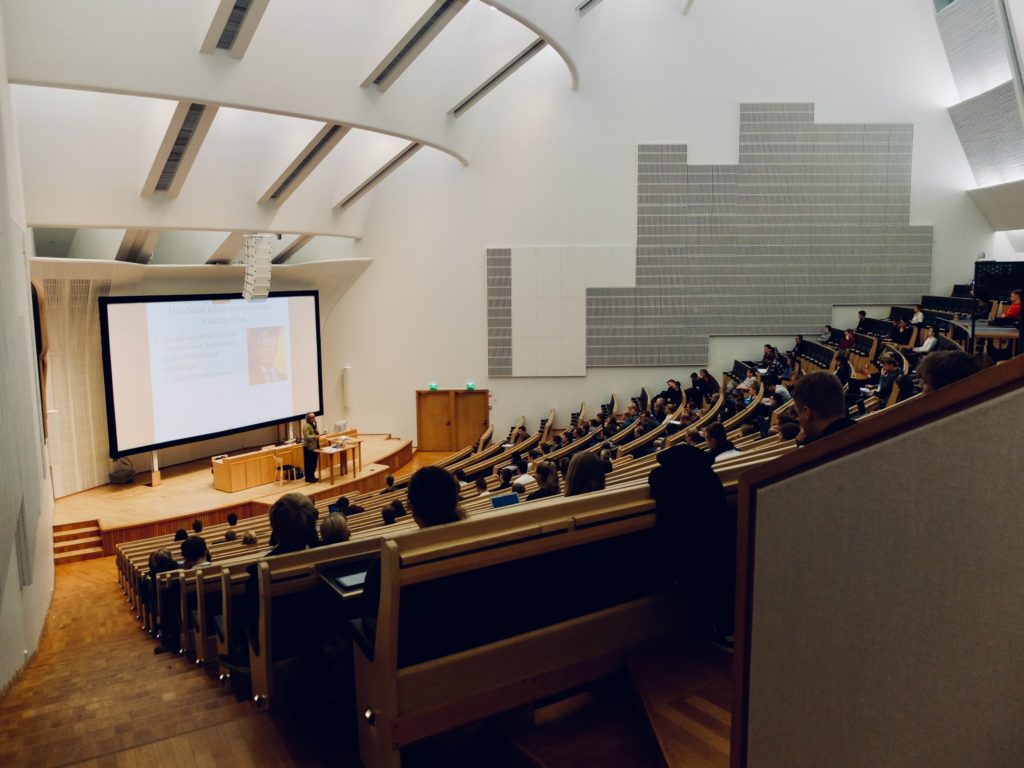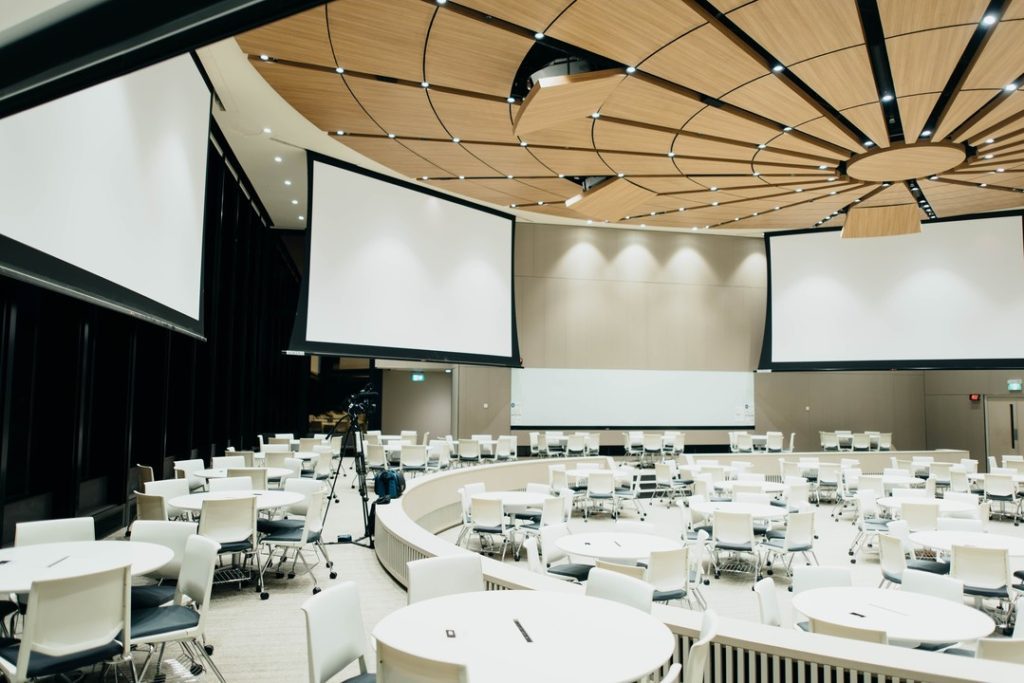With the 2021-2022 school year underway on college campuses everywhere, there’s a new appreciation for the simplicities of student life. Playing volleyball on the common, sitting with friends in the dining hall, or engaging in a vibrant lecture hall discussion were all out of reach last year and thus are especially valued now.
Meanwhile, some of the technology that enabled remote learning during 2020 has stayed in place, its capabilities proving beneficial in the live and hybrid environments at universities today. One example is lecture capture technology, which existed a decade or more ago as an accessibility tool but advanced quickly in the pandemic era. With demand climbing, what factors should colleges and universities consider when maximizing their on-campus lecture capture capabilities?
- Focus on the use scenario. While some lecture capture technology needed to be utilized as a replacement for in-person learning in 2020 and 2021, studies are showing that today’s student is likely to use the playback ability as a way to review lectures and extract even more information from them post-classtime.
- One size doesn’t fit all classrooms. Acoustics vary from space to space, so in looking at a lecture hall, a meeting room or anything in between, variables must be introduced during the initial design period to be sure the tech implemented fits each scenario.
- One size doesn’t fit all professors, either. Likewise, different instructors will have varying opinions on what should be captured from a lecture or classroom discussion. While one might want to record conversations throughout an active learning class, another may prefer a lecture-only recording without the distractions of rustling papers or side conversations.
- Cloud or Room by Room? Connectivity and network bandwidth are factors when considering which style is right for a lecture hall or classroom. Universities that choose independent room systems may do so as a buffer; if the network were to go down, for example, video and audio capture could still happen. Schools who go with a cloud-based service see the same security in the ability to launch scheduled recordings remotely and save easily accessible content.
- Use it as a tool. In addition to saving and managing educational content, lecture capture technology can be used by students on their own to enhance learning opportunities. Recording assignments or using the capabilities to rehearse for an upcoming presentation, for example, can complement activities happening in the classroom.
Today’s students are digital natives ready to embrace the many ways tech can fortify their learning experience. Viewing lecture capture as a tool within the holistic campus, AV structure can only elevate the opportunity for engagement between students and professors.



